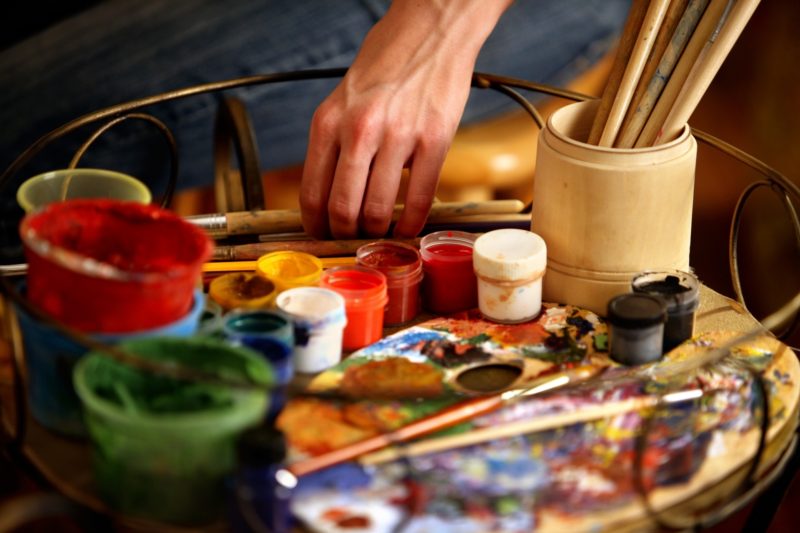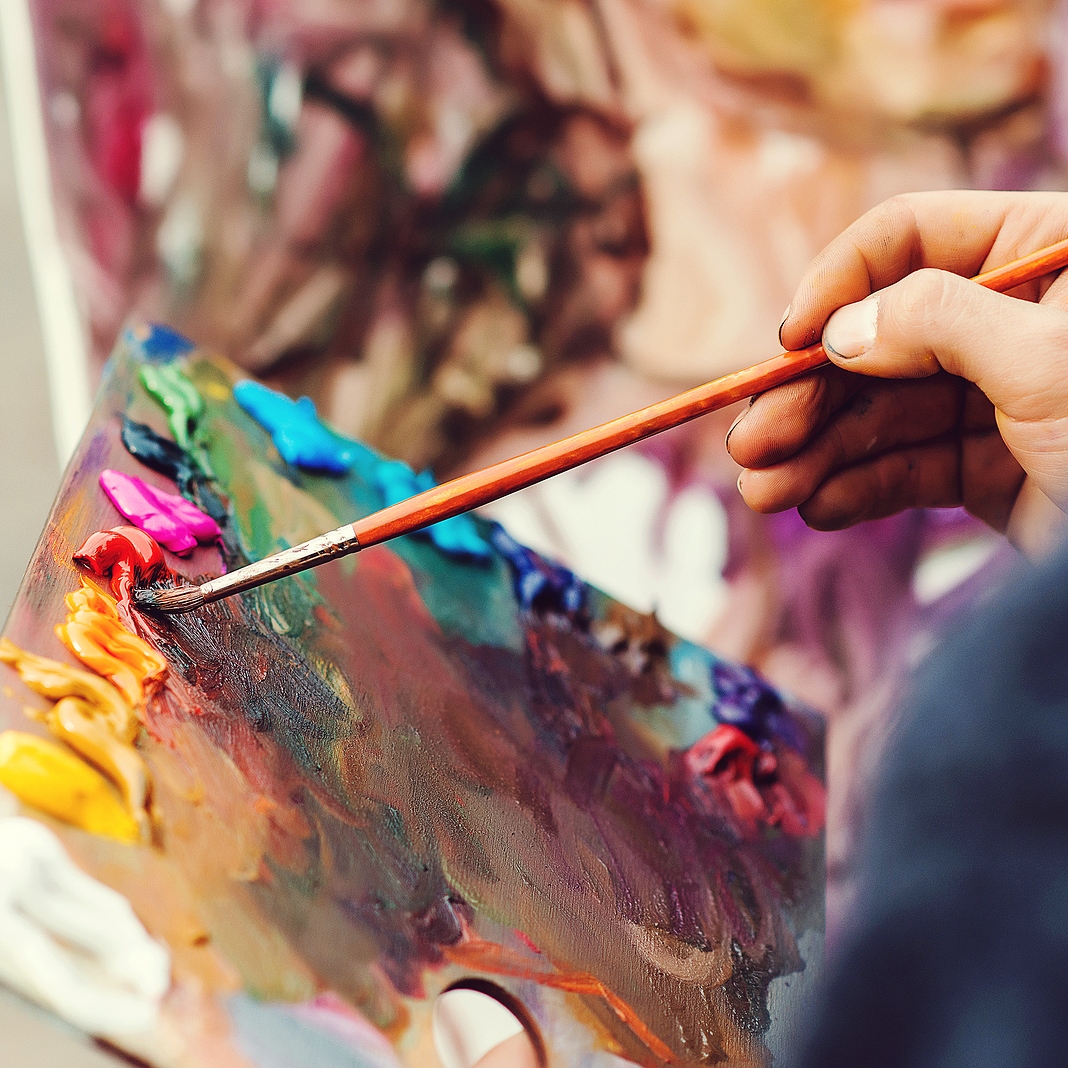When exploring the topic of “art education,” it becomes obvious that it is a versatile sphere that not only introduces the techniques and history of many art forms but also boosts the improvement of critical and creative thinking, as well as personal expression in learners, providing them with a basis for a strong understanding of art throughout life.
Art education goes beyond the mere study of techniques and theories and offers a more detailed exploration of the historical, cultural, and personal aspects of expressing your identity. This article prepared by essay writing service assignmentpay.com dives into the heart of arts education, drawing attention to its significance, benefits, and wider implications for the educational process.
The Essence of Art Education
Understanding Art Education
Art education involves a variety of subjects, activities, and approaches intended to develop the skill to comprehend and appreciate art. It not only develops skills in various types of creativity but also promotes a deep understanding of the world around us. From visual arts to music, drama, and dance, it gives students the opportunity to express themselves and view the world around them through an individual lens.
The Importance of Art in Education
Incorporating art into education carries significant weight in promoting the growth of a versatile person. It stimulates critical thinking, groundbreaking problem-solving, and communication skills in learners. Art education tenders an uncommon opportunity to comprehend complicated concepts through real-life and personal experiences, consequently making the learning process more vigorous and fascinating.
Why Art Education Is Important
Arts education performs a key role in the advancement of students' personalities and success, both personally and academically. It promotes the expression of individuality, fosters diversity, and encourages an inclusive educational environment where multiple perspectives are explored and valued.
Fostering Creativity and Critical Thinking
One of the central advantages of arts education is its ability to nourish creativity. It challenges learners to question norms, think outside the box, and search for different solutions. This creative problem-solving ability is priceless, not just in the arts, but in all fields of life and the workplace.
Enhancing Emotional Intelligence
Art education also plays an important role in developing emotional intelligence. Through artistic expression, students learn to comprehend and express their emotions, which helps develop compassion and emotional flexibility. Emotional consciousness is key to personal well-being and efficient interpersonal interactions.
Promoting Cultural Awareness
By exploring diverse art types and ethnic expressions, art education widens students' horizons, fostering cultural gratitude and awareness. It teaches respect for variety and stresses the significance of cultural heritage, upbringing a feeling of global citizenship.
The Benefits of Arts Education
Integrating the arts into the educational system enhances the universal development of students. The advantages of an arts education span social interaction, academic achievement, and self-evolution, adorning the educational process with a deeper and more meaningful experience.
Improving Academic Outcomes
Participation in arts education is allied with higher academic performance. This enhancement is due to the different sets of skills that are cultivated through the arts and used across a variety of fields of study. Skills such as thoroughness, determination, and critical thinking evolved through art activities ameliorate students' problem-solving and creative thinking capabilities. This proficiency contributes to improved execution in subjects such as science, mathematics, and languages, emphasizing the importance of the arts in education.
Developing Social Skills
Art education goes beyond the canvas and the stage; it acts as a catalyst for social development among students. Collaborative projects and performances inherent in arts education teach valuable lessons in teamwork, communication, and empathy. By working together to create art, students learn to negotiate, share diverse perspectives, and celebrate collective achievements. These experiences in collaboration and communication are critical for building strong social skills that students carry into adulthood, preparing them for collaborative work environments and community engagement.
Nurturing Personal Identity and Expression
One of the key benefits of arts education is its impact on personal improvement. Art becomes a means of expression, allowing learners to examine and reflect on their secret thoughts and feelings in a sympathetic environment. This process of self-discovery and self-expression is essential for emotional growth, helping students better understand themselves and establish confidence in their own skills and ideas. Additionally, the arts provide a secure space for students to experiment and take risks, which promotes the discovery of their peculiar voices and the development of a sense of self-identity and self-worth.
Enhancing Emotional Intelligence
Arts education also has a significant impact on nurturing students' emotional and mental acuity. Through artistic interpretation, students learn to recognize, apprehend, and control their emotions and to demonstrate empathy for the feelings of other people. Sensitivity to emotions and the ability to supervise emotions are principal aspects of emotional intelligence, which is progressively considered important for success in both individual and professional life.

The Meaning of Art Education
Art education is not just a scholarly field, but rather a way of beautifying students' lives and preparing them for a future in a growing, complicated, and visually rich world. It helps them discover beauty, enjoy creativity, and appreciate the assortment of human expression.
Supporting Lifelong Learning
The skills and sensibilities developed through art education support lifelong learning and adaptability. The curiosity and open-mindedness fostered by artistic exploration are essential in an ever-changing global landscape.
Preparing for the Future
In an age where creative industries are booming, art education prepares students for a wide range of career paths. It cultivates the innovative thinking and flexibility required in fields ranging from design and architecture to digital media and beyond.
Conclusion
Arts education plays a major role in building an all-around educational experience by providing beneficial lessons that apply to various fields of life. It fosters emotional wisdom, creativity, and cultural consciousness, getting ready students not only for scholastic excellence but also for fulfilling lives. Understanding the importance of arts education allows us to acknowledge its key role in shaping students as creative, flexible, and adaptive people who are ready to make important contributions to society.
